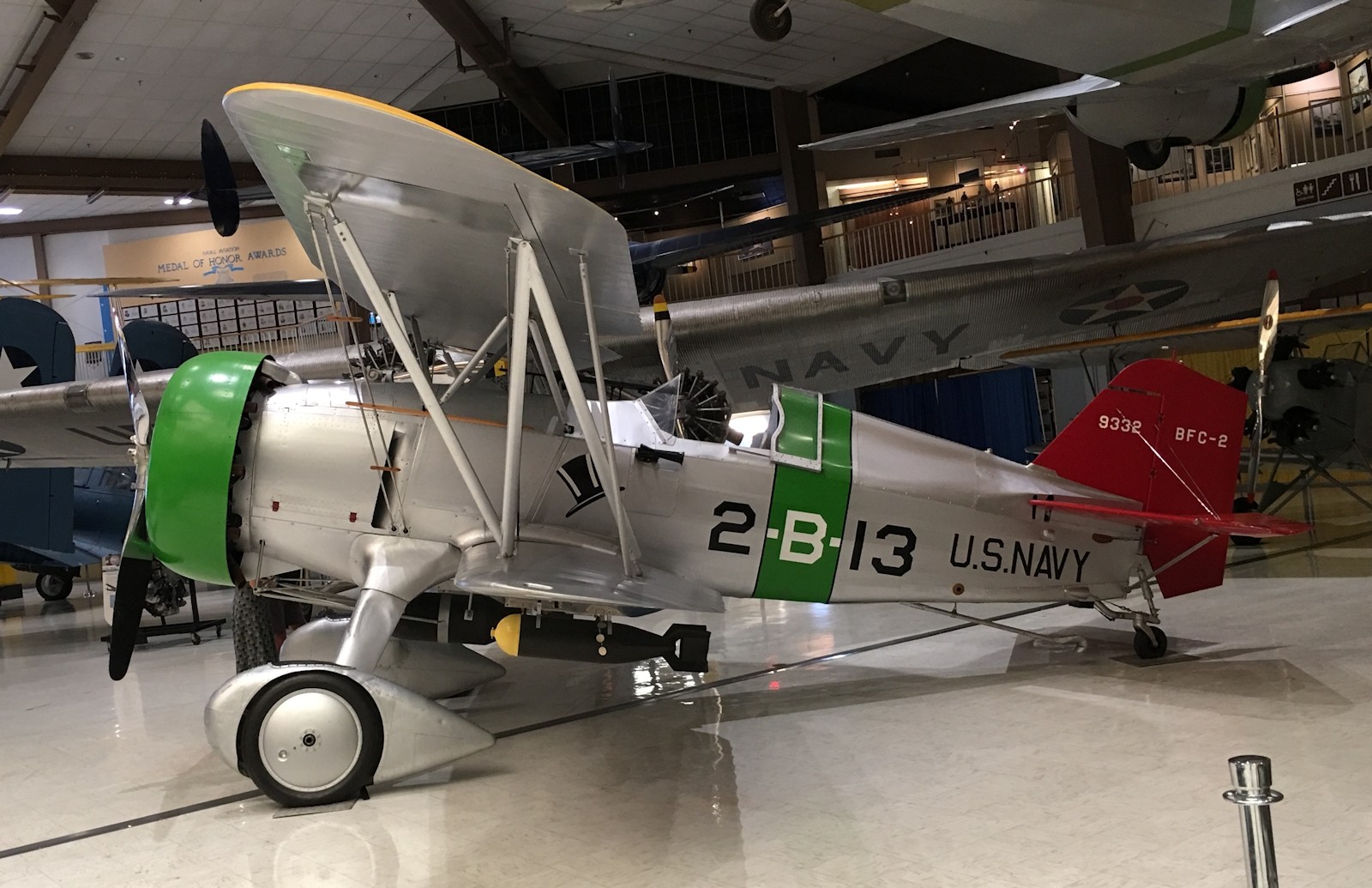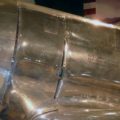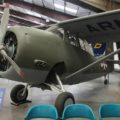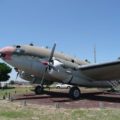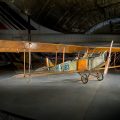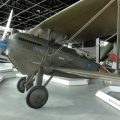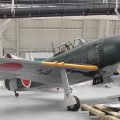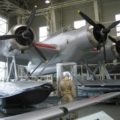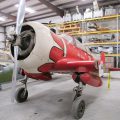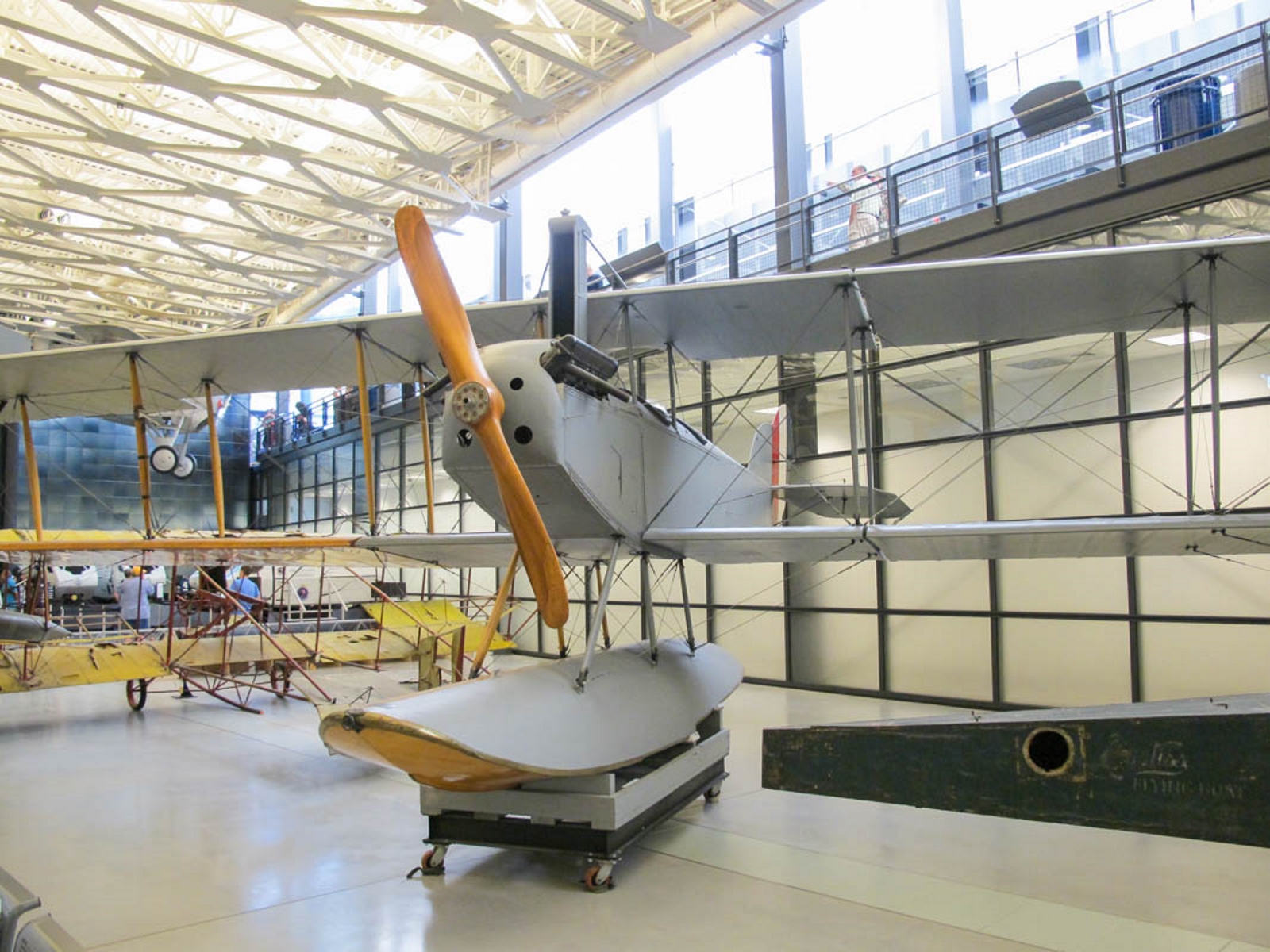
Curtiss N-9H | |
| Pays | Usa |
| Type | Hydravion |
| Photo | Vladimir Yakubov |
| Localiser | Musée national de l'air et de l'espace - Centre Udvar-Hazy |
| Description | Album de 77 photos de promenade d’un « Curtiss N-9H » |
Galerie de photos d’un Curtiss N-9H, The Curtiss N-9 was a floatplane variant of the Curtiss JN-4 « Jenny » entraîneur militaire utilisé pendant la Première Guerre mondiale par la marine des États-Unis.
Source: Curtiss N-9H sur Wiki
Kits connexes:
Trouver des kits sur eBay:
The Curtiss N-9H was a seaplane trainer and bomber aircraft used by the United States Navy during World War I. It was a modified version of the Curtiss Model N, which was a land-based biplane powered by a 90-100 hp Curtiss OX inline engine. The N-9H had a single large central pontoon and two small wingtip floats, which increased its weight and drag. To compensate for this, the wingspan was extended by ten feet, the fuselage was lengthened, the tail surfaces were enlarged, and stabilizing fins were added on top of the upper wing. The N-9H also had a more powerful 150 hp Hispano-Suiza engine, manufactured under license by Wright-Martin.
The N-9H was the first American naval aircraft to incorporate wind tunnel data directly into its design, which was done at the Massachusetts Institute of Technology. The N-9H proved to be a reliable and versatile trainer, capable of performing loops and other maneuvers. It also served as a platform for developing shipborne aircraft operations, such as catapult launches and deck landings. More than 560 N-9s were built during the war, most of them being N-9H models. Only 100 were actually built by Curtiss, while the rest were built under license by the Burgess Company of Marblehead, Massachusetts or assembled from spare parts by the Navy at Naval Air Station Pensacola in Florida. The N-9H was retired from service in 1927 and most of them were scrapped or destroyed. Only one N-9H survives today, which is on display at the National Air and Space Museum in Washington, D.C.

Vues : 1817
